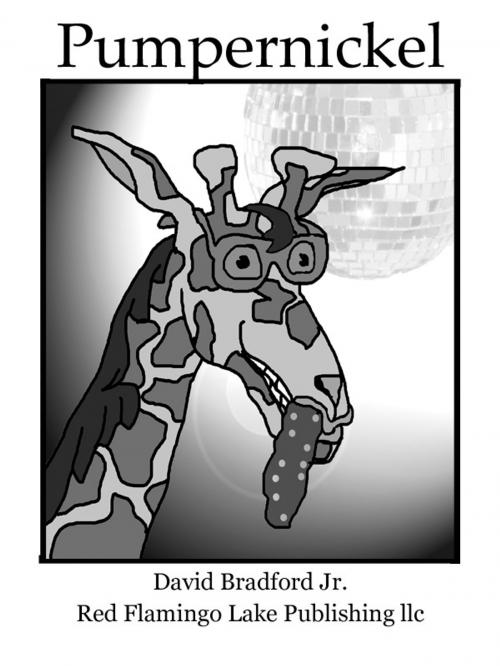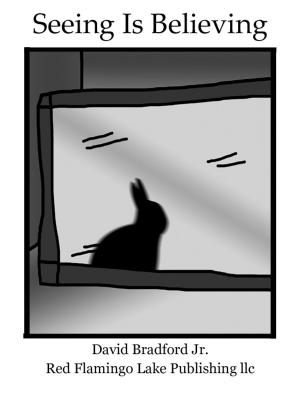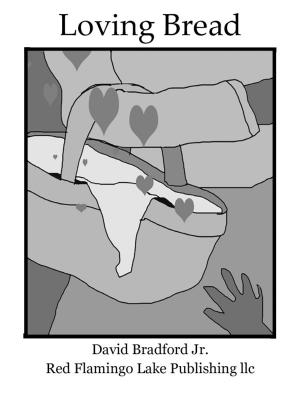| Author: | David Bradford Jr. | ISBN: | 9781938046223 |
| Publisher: | Red Flamingo Lake Publishing llc | Publication: | May 28, 2014 |
| Imprint: | Language: | English |
| Author: | David Bradford Jr. |
| ISBN: | 9781938046223 |
| Publisher: | Red Flamingo Lake Publishing llc |
| Publication: | May 28, 2014 |
| Imprint: | |
| Language: | English |
Pumpernickel is a a fun filled children’s poem. It is the appearance of a giraffe at a party who enjoys itself regardless of what others may think, and, in the end gets everyone to also enjoy themselves.
Each stanza is three lines and there are 8 stanzas. The rhyme scheme is A, A, B. In the first line is an internal rhyme as well (with the last word). In the second line of stanzas two through eight is an internal rhyme with the last word of lines one and two of the preceding stanza! Also the third line of each stanza rhymes. All lines are seven syllables. While the structure of 8 stanzas has been maintained as 8 chapter breaks, each stanza has had its lines split-apart in order to preserve the intent (the pacing) of each line, and thus each line is given its own page; there may be instances, however, where managing the evolution of the poem in your mind, some lines have been split into multiple pages (making it so a chapter is not necessarily equal to the count of lines of a stanza).
Pumpernickel is a a fun filled children’s poem. It is the appearance of a giraffe at a party who enjoys itself regardless of what others may think, and, in the end gets everyone to also enjoy themselves.
Each stanza is three lines and there are 8 stanzas. The rhyme scheme is A, A, B. In the first line is an internal rhyme as well (with the last word). In the second line of stanzas two through eight is an internal rhyme with the last word of lines one and two of the preceding stanza! Also the third line of each stanza rhymes. All lines are seven syllables. While the structure of 8 stanzas has been maintained as 8 chapter breaks, each stanza has had its lines split-apart in order to preserve the intent (the pacing) of each line, and thus each line is given its own page; there may be instances, however, where managing the evolution of the poem in your mind, some lines have been split into multiple pages (making it so a chapter is not necessarily equal to the count of lines of a stanza).















